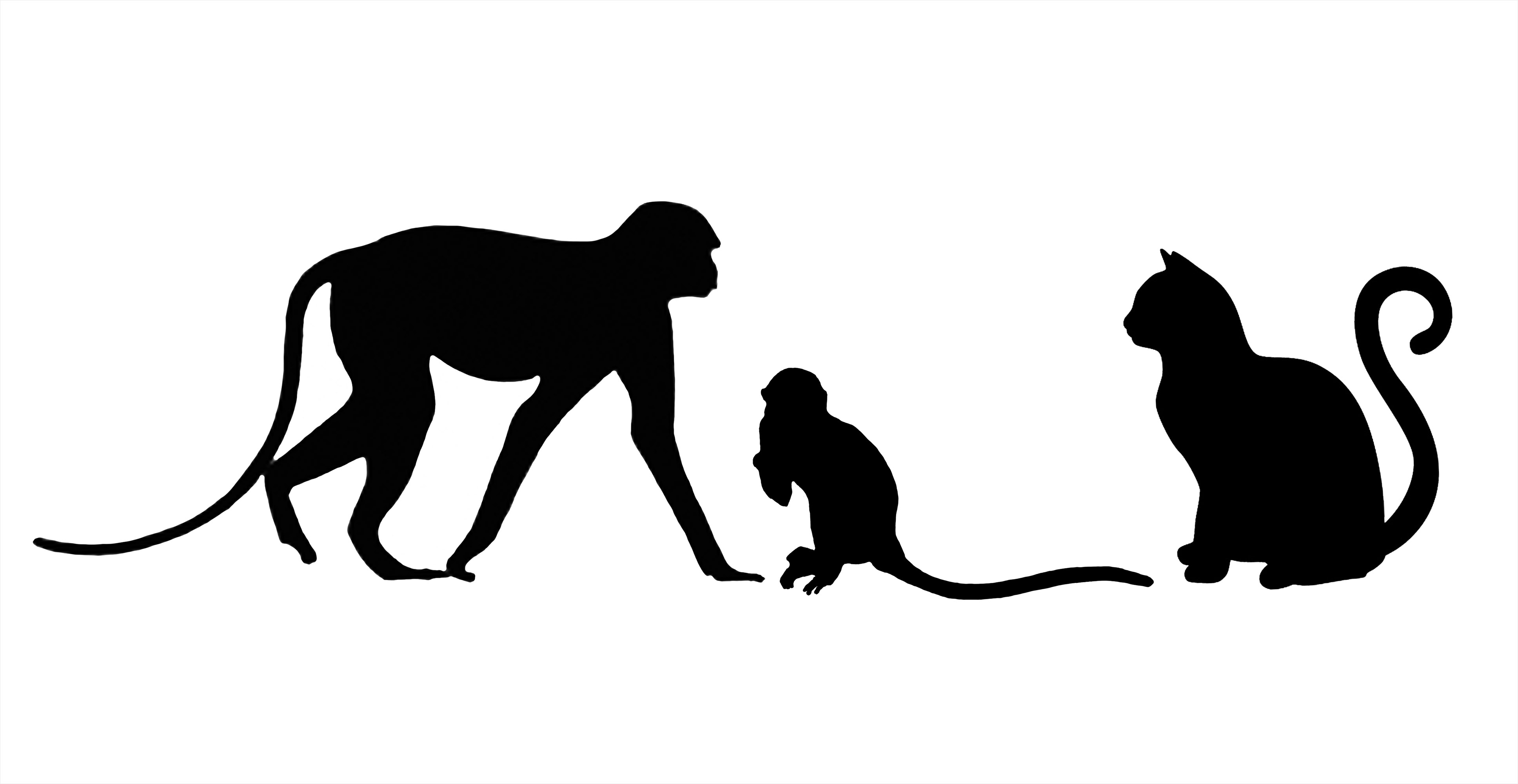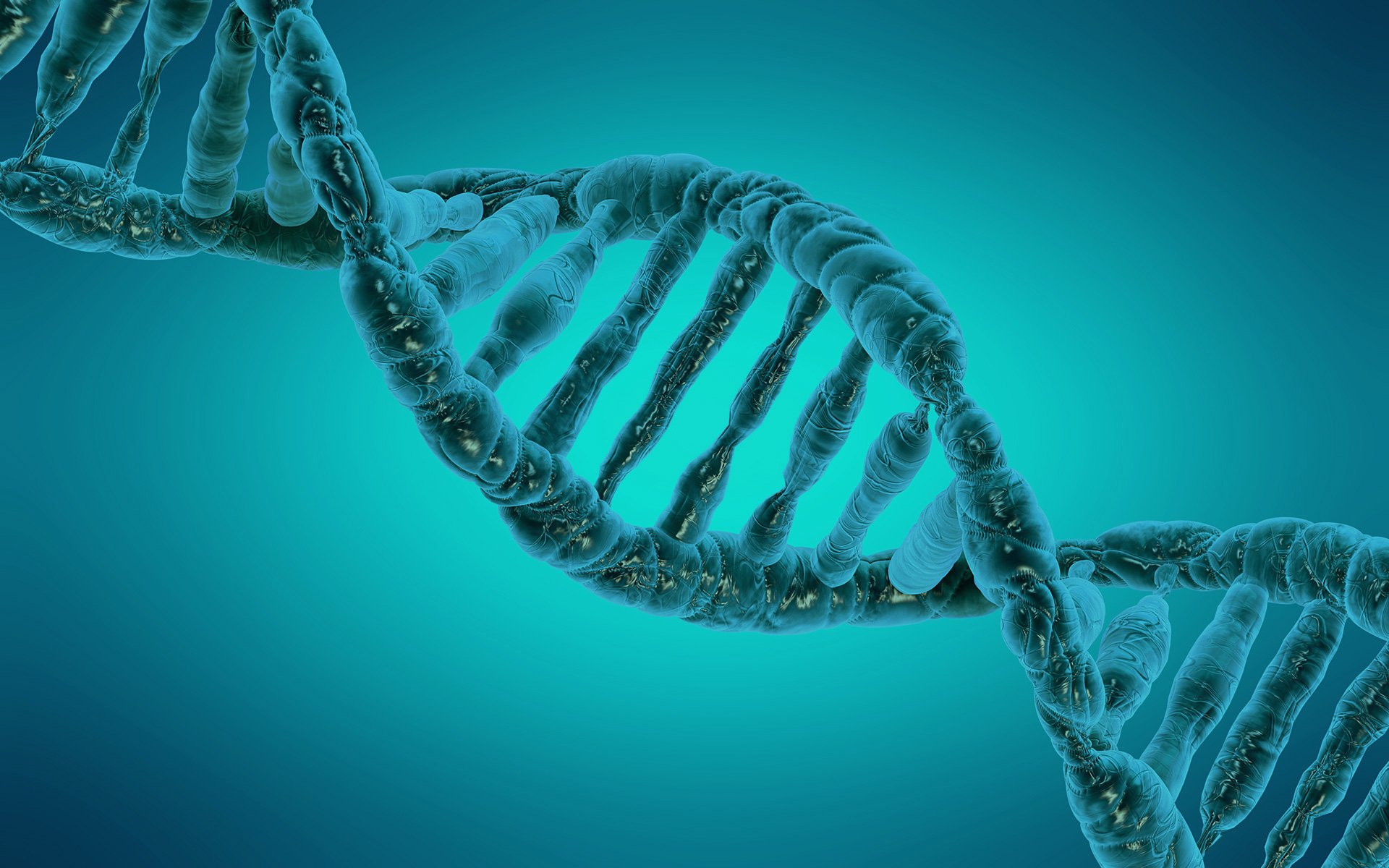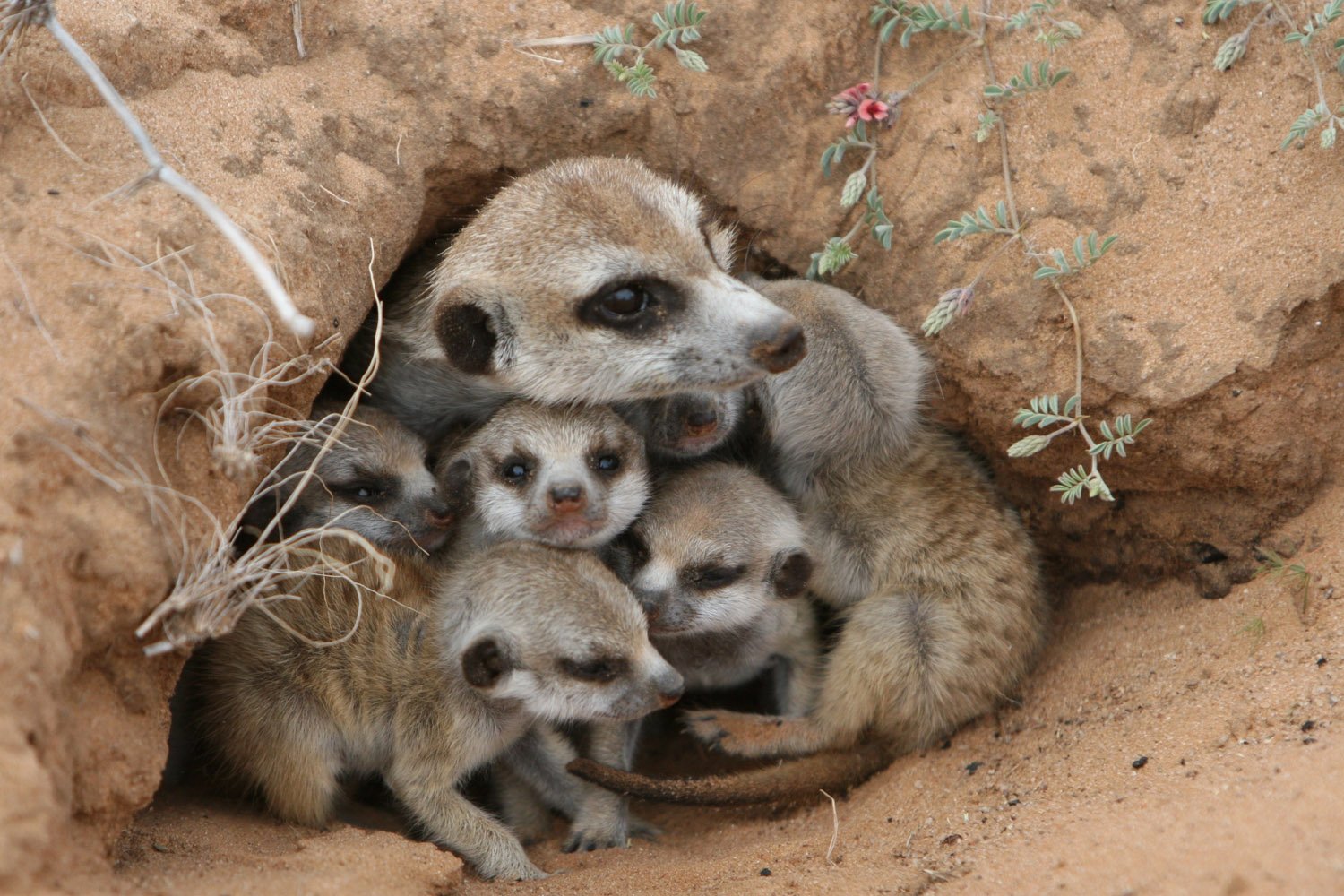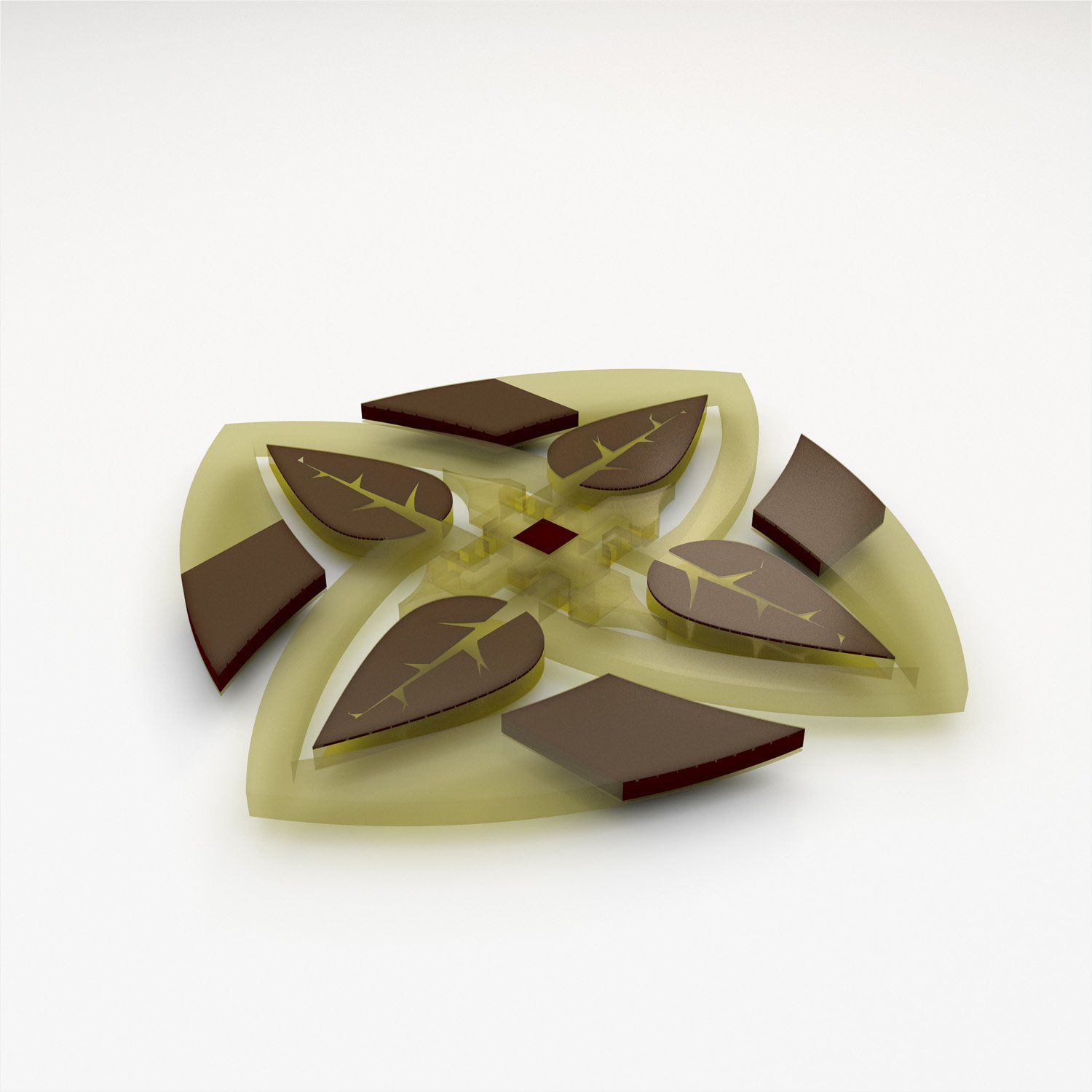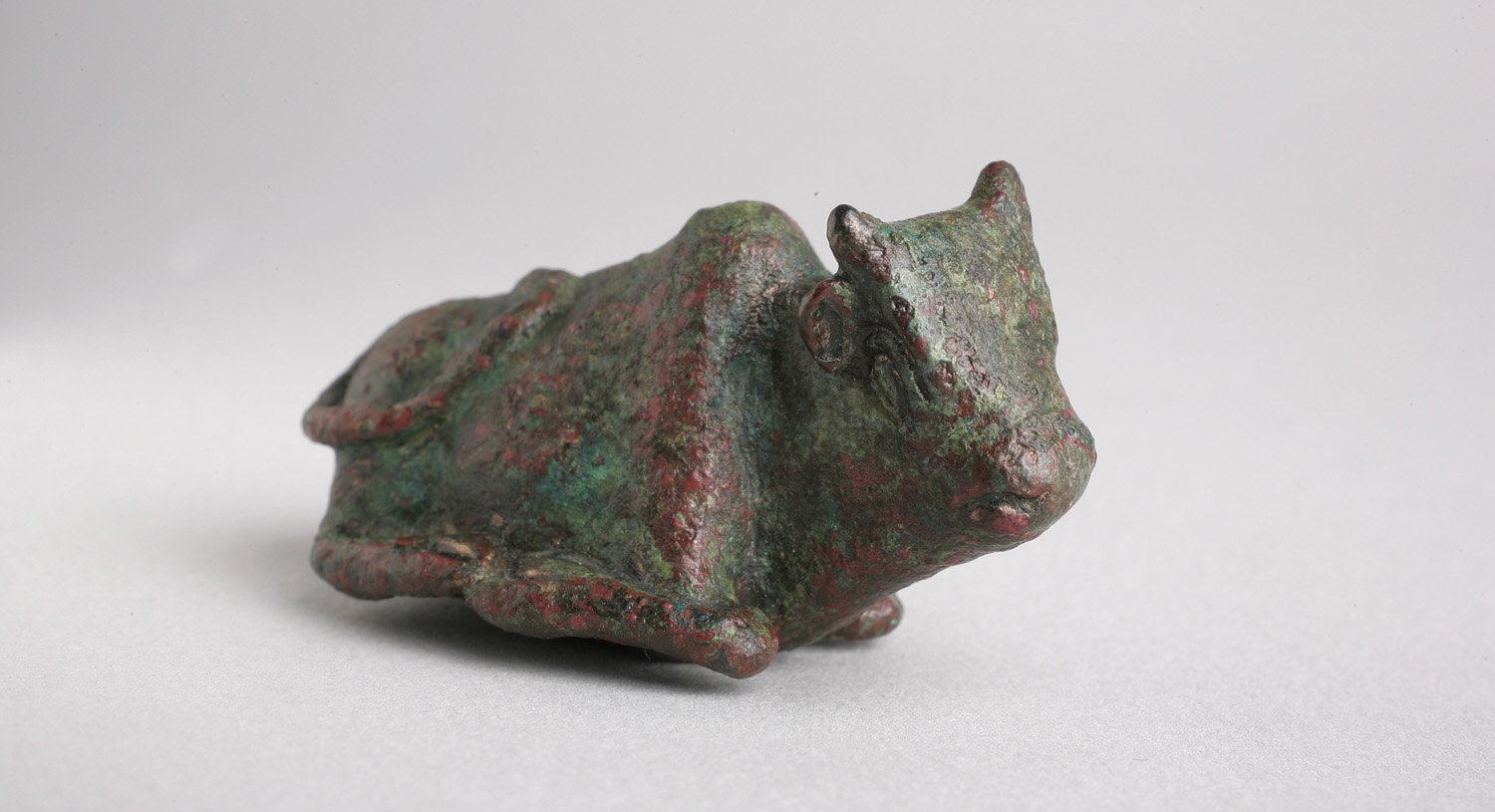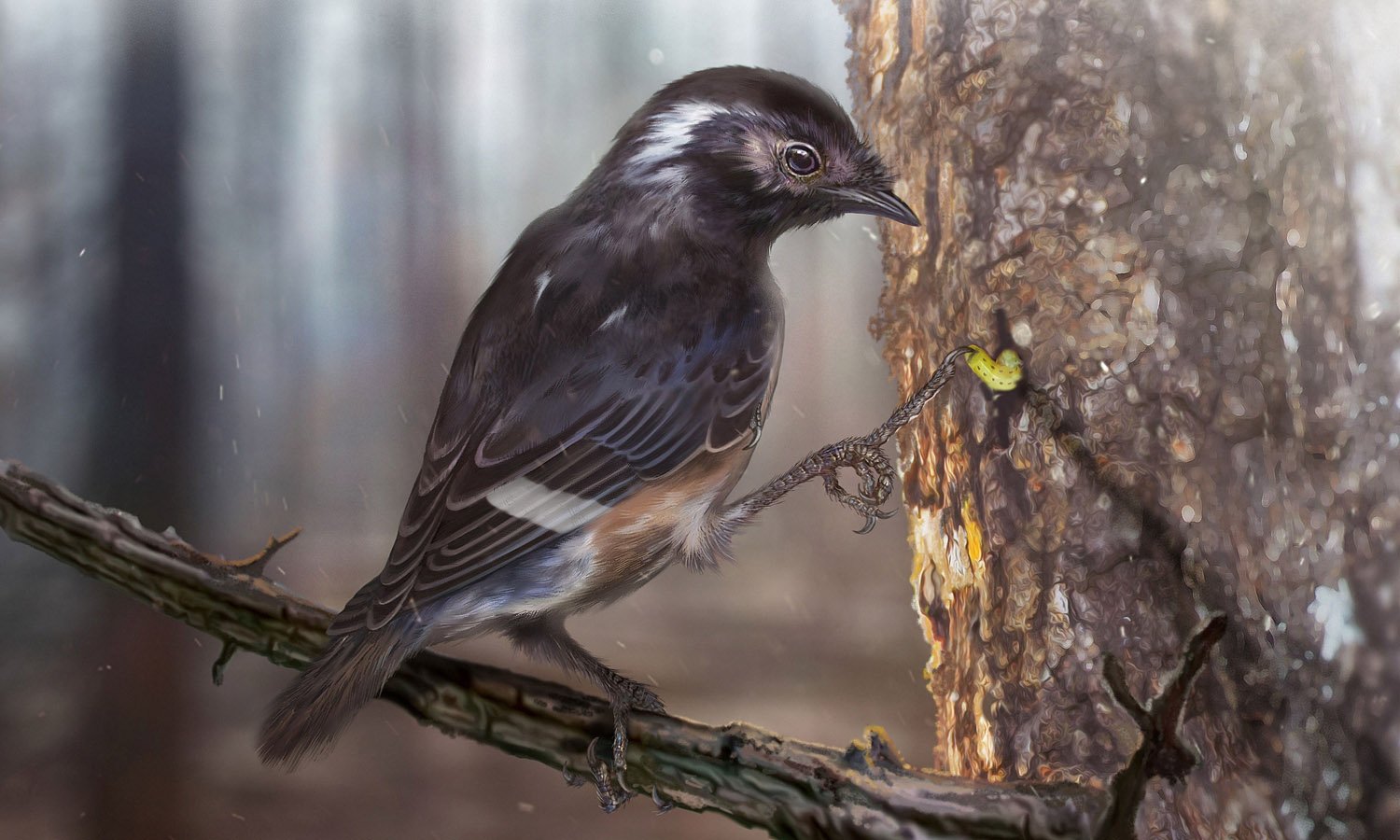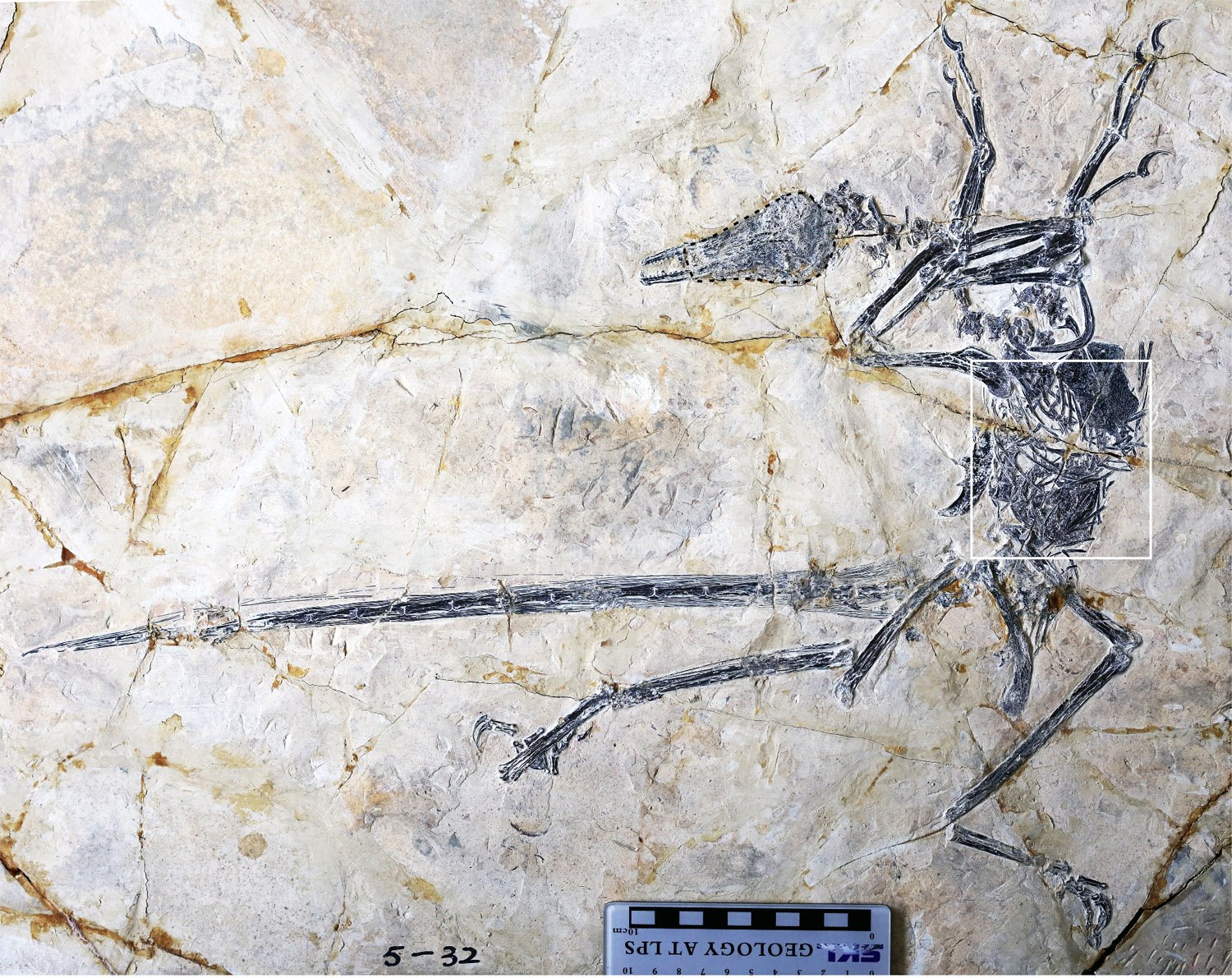Fossil of smallest old world monkey species discovered in Kenya
Researchers from the National Museums of Kenya, University of Arkansas, University of Missouri and Duke University have announced the discovery of a tiny monkey that lived in Kenya 4.2 million years ago. Nanopithecus browni was the same size as a modern talapoin monkey, the smallest living Old World monkey species that weighs only 2 to 3 … Read more
